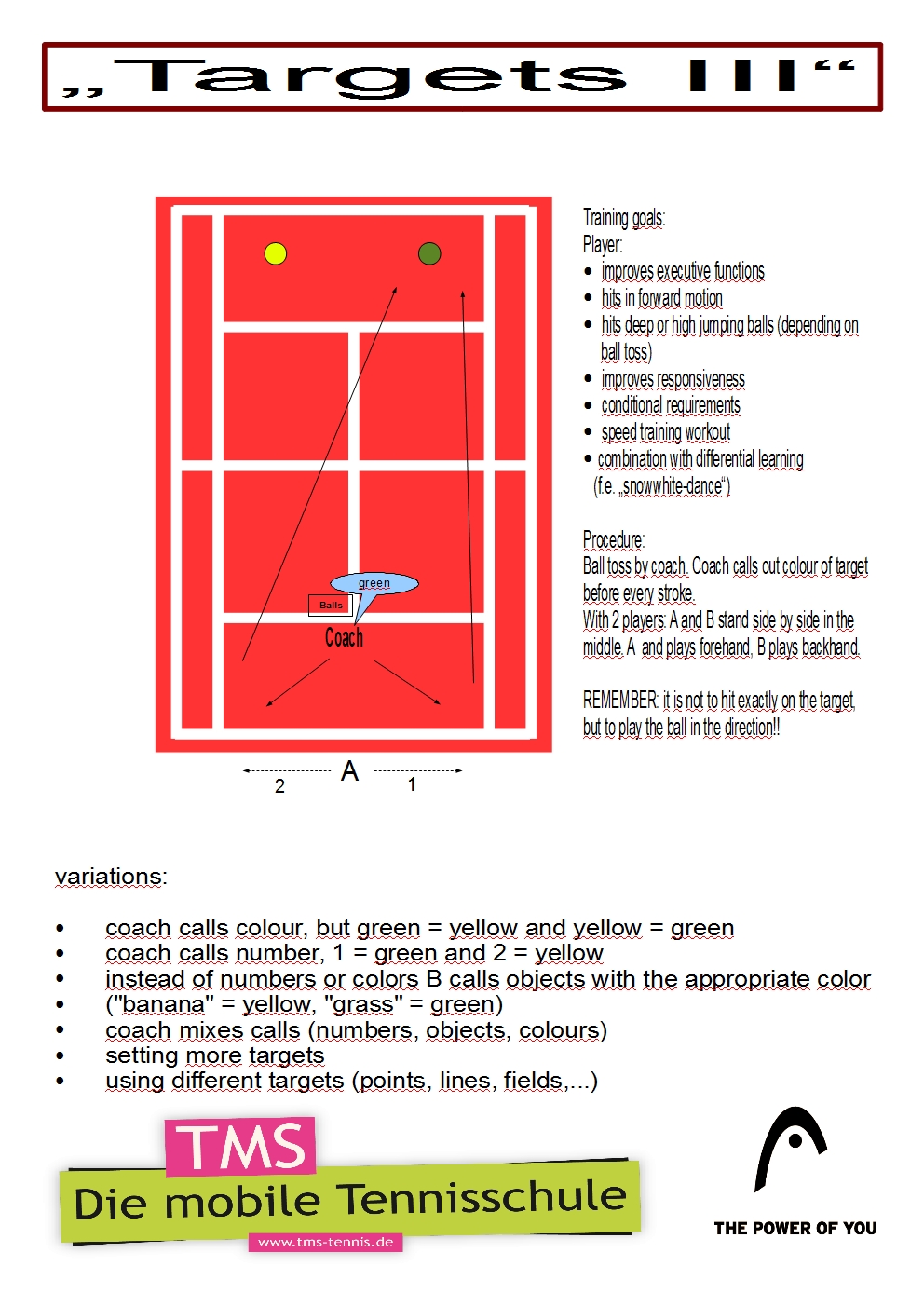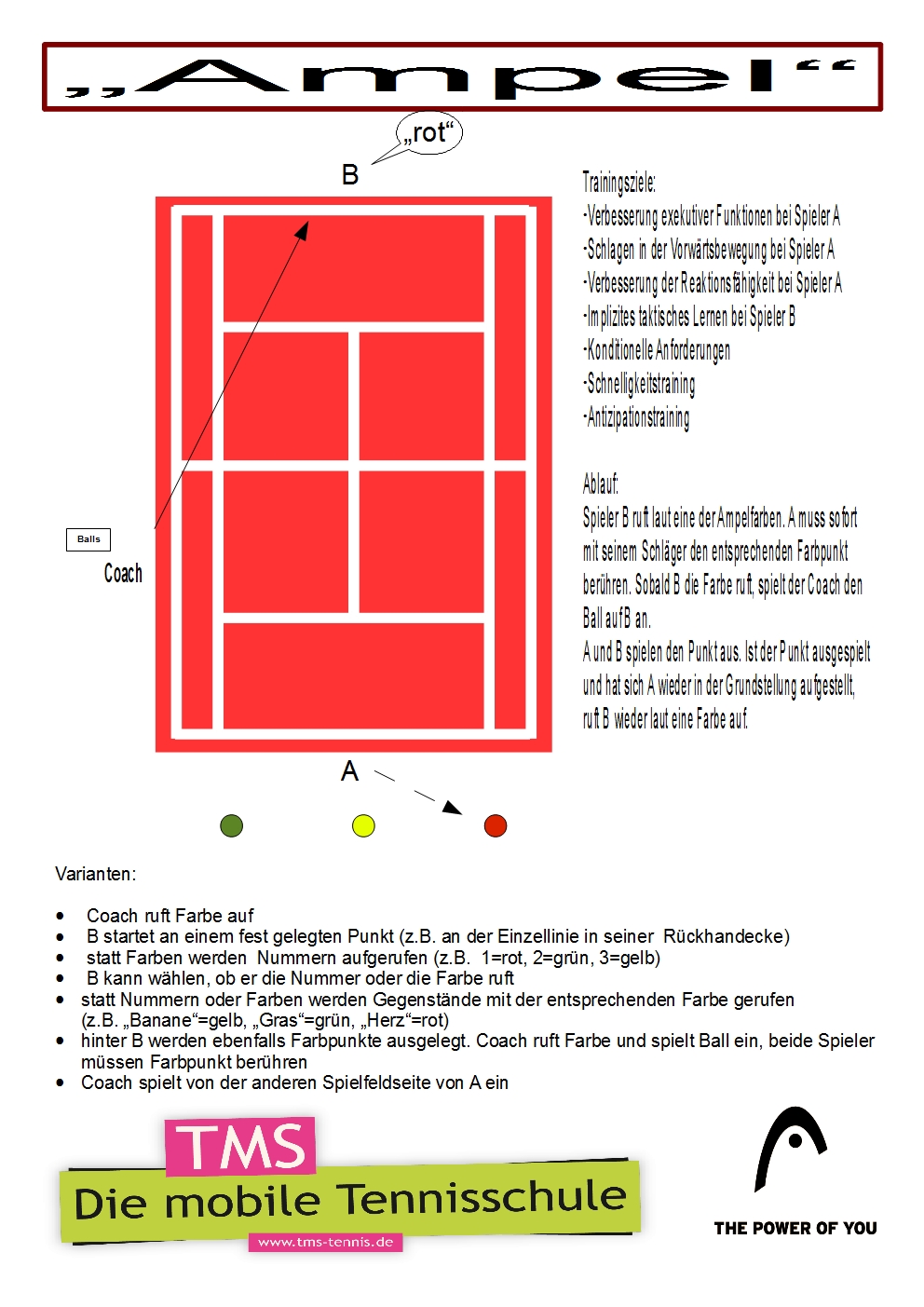„The ability to stop and consider a response, to use the experience of a wrong choice as a guide in making the next decision, relates to executive functions (…). Learning from our mistakes is profoundly important in everyday life, and Hillman’s study shows that exercise – or at least the resulting fitness levels – can have a powerful impact on the fundamental skill.“ (out of Ratey, J. „Spark“, 2008, p 26)
Archiv der Kategorie: Tennistraining
Allgemeine Anregungen zum Tennistraining
Teaching Tactical Creativity – Dr. Daniel Memmert
This is a link to an interview with Dr. Daniel Memmert, who is a Professor and head of the Institute of Cognitive and Team/Racket Sport Research at the German sport University of Cologne. Published on footblogball.
„An isolated technical training only results in the problem that techniques cannot be related to situations and therefore a tactic cannot be trained. We know from studies that technical training is not as effective as combined technical-perception training and cannot be applied as variable. It is important that children Teaching Tactical Creativity – Dr. Daniel Memmert weiterlesen
Quality first
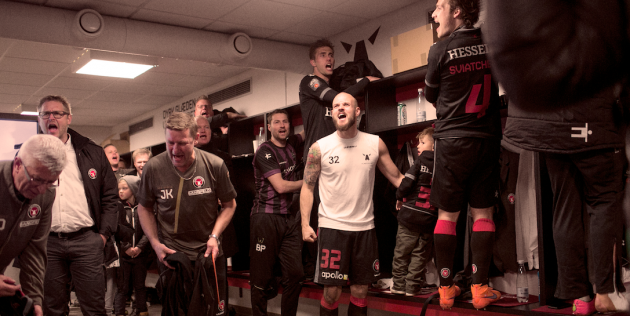 We are talking about quality versus quantity in coaching tennis. There seems to be a consense, that the focus should be on quality. But how can we decide, what is „quality“ in tennis training? Who decides how a high quality tennis coaching could look like?
We are talking about quality versus quantity in coaching tennis. There seems to be a consense, that the focus should be on quality. But how can we decide, what is „quality“ in tennis training? Who decides how a high quality tennis coaching could look like?
This brings me back to the point, I have already discussed on www.innercoaching-blog.de, that we have to develop an evidence based coaching!
Have you heard about the danish soccer club FC Midtjylland, 2015 champion in Danmark? With the help of computers, science and probability theory!
Umlernen?
Vorhandgriff, Aufschlaggriff umlernen? Sinnvoll oder nicht? Arvid Leyh hat einen Selbsttest zum sogenannten Extinktionslernen ins Netz gestellt.
Implicit learning in tennis practice
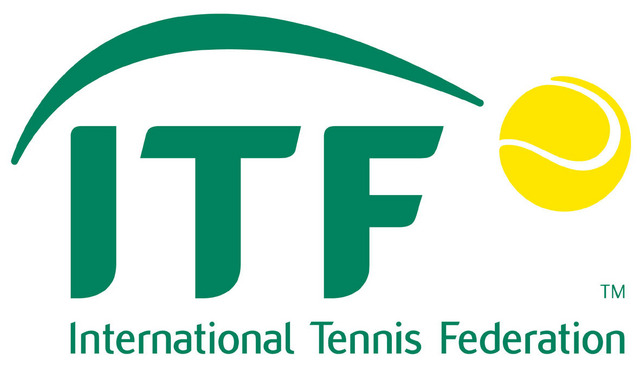 This is an article from the ITF Coaching and Sport Science Review from 2013 by Buszard/Reid/Farrow/Masters. You find a lot of informations about implicit motor learning in tennis and how to use it in tennis coaching.
This is an article from the ITF Coaching and Sport Science Review from 2013 by Buszard/Reid/Farrow/Masters. You find a lot of informations about implicit motor learning in tennis and how to use it in tennis coaching.
Grandpa
 Talking about differencial learning (DL) I have no problems to use this in a trainings with players over ten years. Some drills out of DL you can see on our youtube channel.
Talking about differencial learning (DL) I have no problems to use this in a trainings with players over ten years. Some drills out of DL you can see on our youtube channel.
Today the kids (group with kids from 7 to 9 years) gave me an idea to use the DL in tennis10s. One of my favourite metaphers or analogies in coaching kids is the „tiger“-metapher: standing like a tiger and waiting to catch the „loot“, what means to attack, to hit the ball and shout out loud like a tiger, what gives them an imagination of the tennis basic position.
Today, some of the kids were a bit tired and stood on the court like some old men, using their racket like a walking stick. That inspired me to tell them, to stand like „an old man/woman“, using the racket like a „walking stick for elderly people“. This task made, from the first moment, a big difference to nearly everything we had done before! Apart from that it had a special motivation for the kids!
„Try or just do it?“
In einem früheren Blogbeitrag ist ein Interview mit Volleyball-Coach John Kessel zu sehen. Vielleicht habt Ihr Euch das Video angesehen. Eine Ausführung von ihm hat mich besonders fasziniert, da dies auch mir schon lange ein Anliegen ist. Er weist daraufhin, dass wir als Coaches nicht Fußball, Volleyball oder Tennis trainieren, sondern das wir es immer mit Menschen zu tun haben.
Die Anleitung an der Spieler „Versuche dies zu tun…“ beinhaltet in der Ansprache schon die Möglichkeit des Scheiterns. Deshalb ist es auch für Kessel wichtig, Begriffe wie „versuche“ oder „tu nicht“ oder „aber“ „Try or just do it?“ weiterlesen
Targets III
Noch ein Drill zum „Training exekutiver Funktionen“ und mit „externem Fokus“ (Spiel auf Ziele). Prima kombinierbar mit Drills aus dem Differentiellen Lernen und deshalb ein typischer „Inner Coaching (TMS)-Drill“! Leider nur mit zwei Spieler_innen auf einem Spielfeld durchführbar.
Another Drill to train „executive functions“ and with „external focus“ (targets). Drill can be combined with drills from differential learning and so it is a typical INNER COACHING (TMS) – Drill. Unfortunately only for two players.
„Reality sucks“
„Wahrheit ist die Erfindung eines Lügners.“ sagte schon der Physiker und Konstruktivist Heinz von Förster. Die kognitive Neurowissenschaft zeigt, warum es keine objektive Sicht der Welt gibt. Auch im Tennistraining und im Coaching sagt eine Beobachtung mehr aus über den Beobachter als über den „Gegenstand“ der Beobachtung.
Aktuell dazu ein interessanter Beitrag aus dasGehirn.info:
Traffic lights
Im Vordergrund des folgenden INNER COACHING (TMS) Drills steht das Training „exekutiver Funktionen“: das Arbeitsgedächtnis, die Inhibition (Hemmung von Verhaltensweisen) und die kognitive Flexibilität. Siehe auch http://www.tms-tennis.de/inner-coaching/174/ . Name der Übung stammt von Lisa Dörr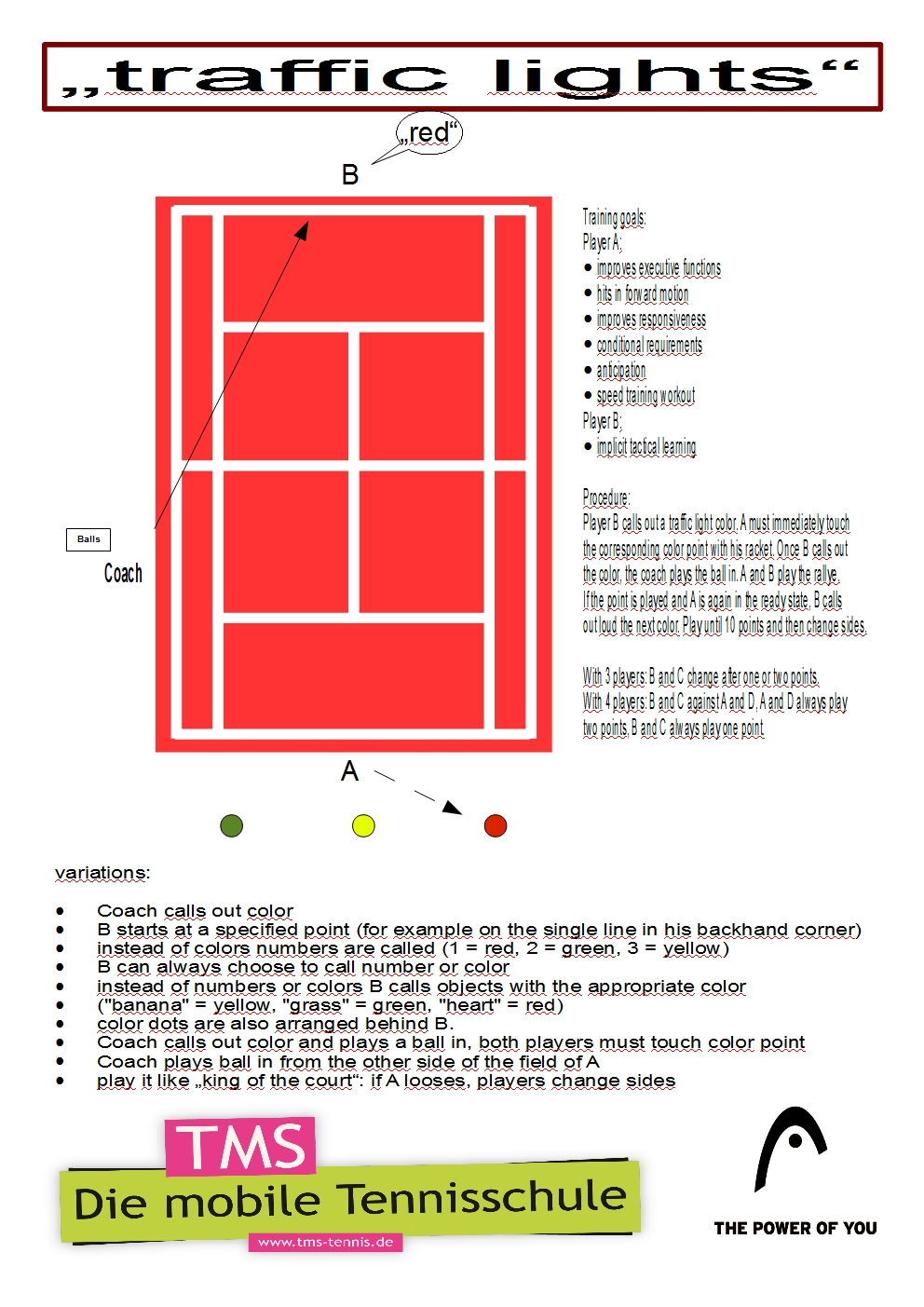
This INNER COACHING (TMS) drill is about training executive functions: working memory, inhibition (inhibition of behaviors) and cognitive flexibility. Name of the drill is created by TMS-Coach Lisa Doerr.

